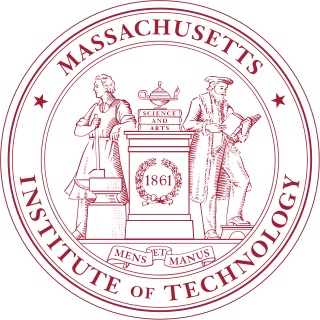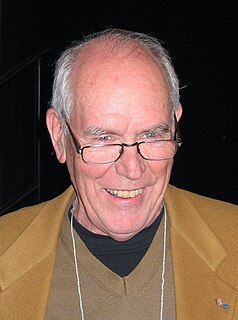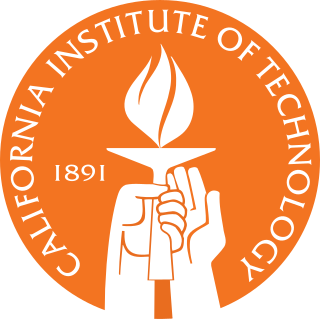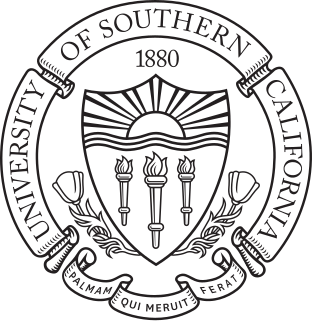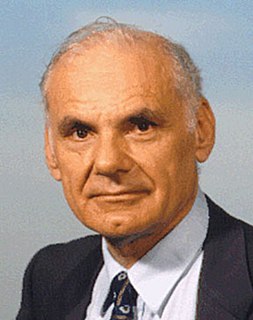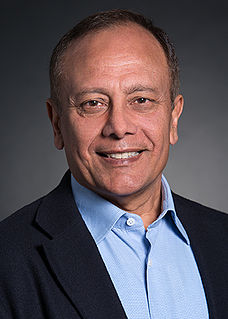Danny Cohen | |
|---|---|
| Born | |
| Residence | Bay Area, California |
| Alma mater | Technion, Harvard |
| Known for | Internet Pioneer, first to run a visual flight simulator across the ARPANet |
| Awards | National Academy of Engineering member, IEEE Fellow, USAF Meritorious Civilian Service Award |
| Scientific career | |
| Fields | Mathematics, Computer Science, Computer Graphics |
| Institutions | Harvard University, California Institute of Technology, University of Southern California, Myricom, Sun Microsystems |
| Doctoral advisor | Ivan E. Sutherland |
Danny Cohen (born in Israel) is a computer scientist specializing in computer networking. He was involved in the ARPAnet project and helped develop various fundamental applications for the Internet. Cohen is probably best known for his 1980 paper "On Holy Wars and a Plea for Peace" [1] which adopted the terminology of endianness for computing (a term borrowed from Jonathan Swift's Gulliver's Travels). Cohen has served on the computer science faculty at several universities and has worked in the private industry.

Israel, officially the State of Israel, is a country in Western Asia, located on the southeastern shore of the Mediterranean Sea and the northern shore of the Red Sea. It has land borders with Lebanon to the north, Syria to the northeast, Jordan on the east, the Palestinian territories of the West Bank and Gaza Strip to the east and west, respectively, and Egypt to the southwest. The country contains geographically diverse features within its relatively small area. Israel's economic and technological center is Tel Aviv, while its seat of government and proclaimed capital is Jerusalem, although the state's sovereignty over Jerusalem has only partial recognition.

A computer network is a digital telecommunications network which allows nodes to share resources. In computer networks, computing devices exchange data with each other using connections between nodes. These data links are established over cable media such as wires or optic cables, or wireless media such as Wi-Fi.

The Internet is the global system of interconnected computer networks that use the Internet protocol suite (TCP/IP) to link devices worldwide. It is a network of networks that consists of private, public, academic, business, and government networks of local to global scope, linked by a broad array of electronic, wireless, and optical networking technologies. The Internet carries a vast range of information resources and services, such as the inter-linked hypertext documents and applications of the World Wide Web (WWW), electronic mail, telephony, and file sharing.

